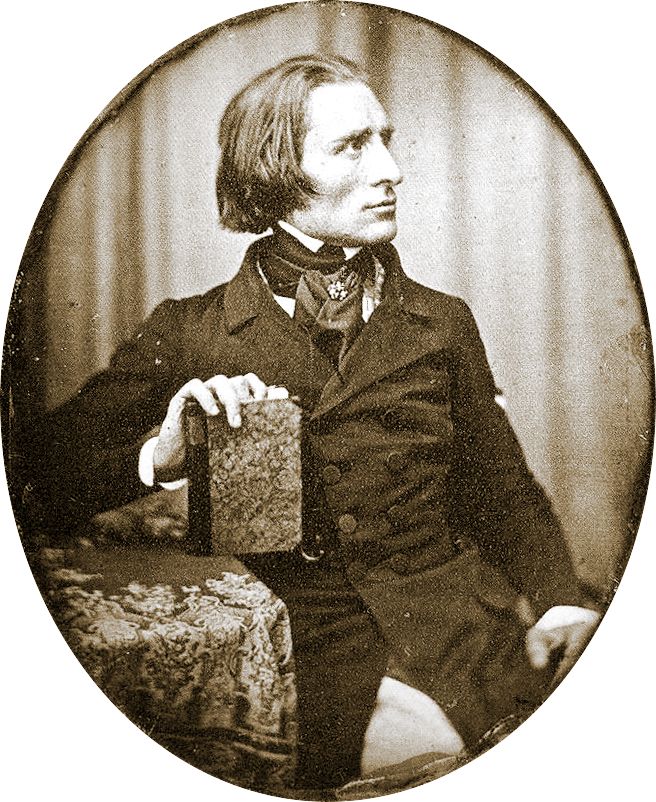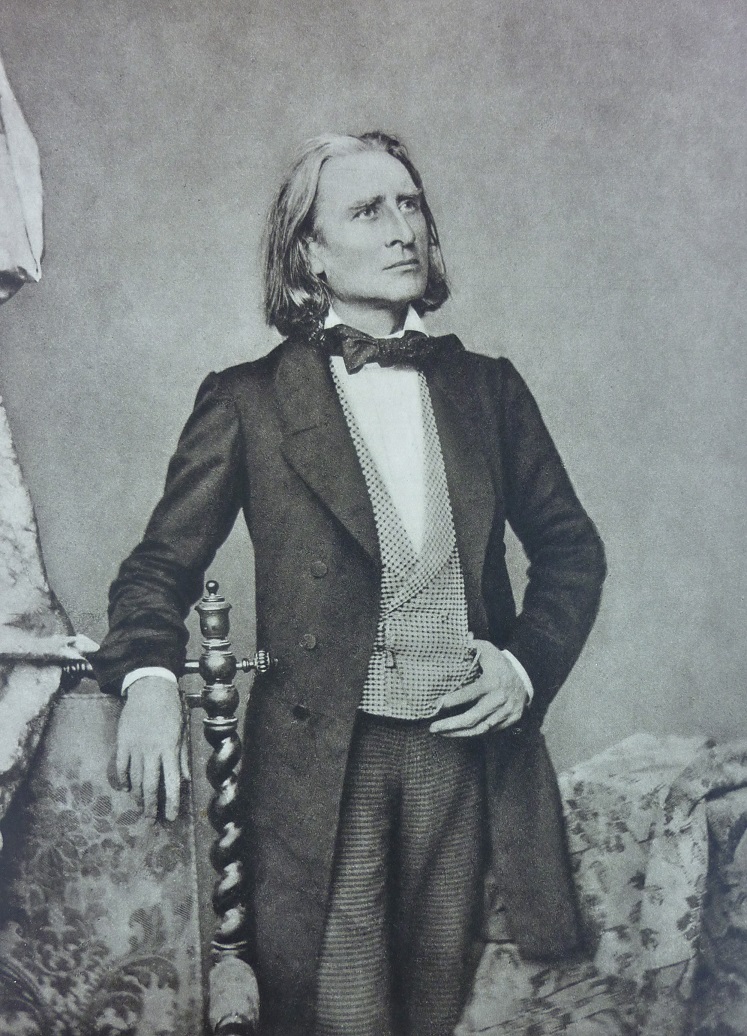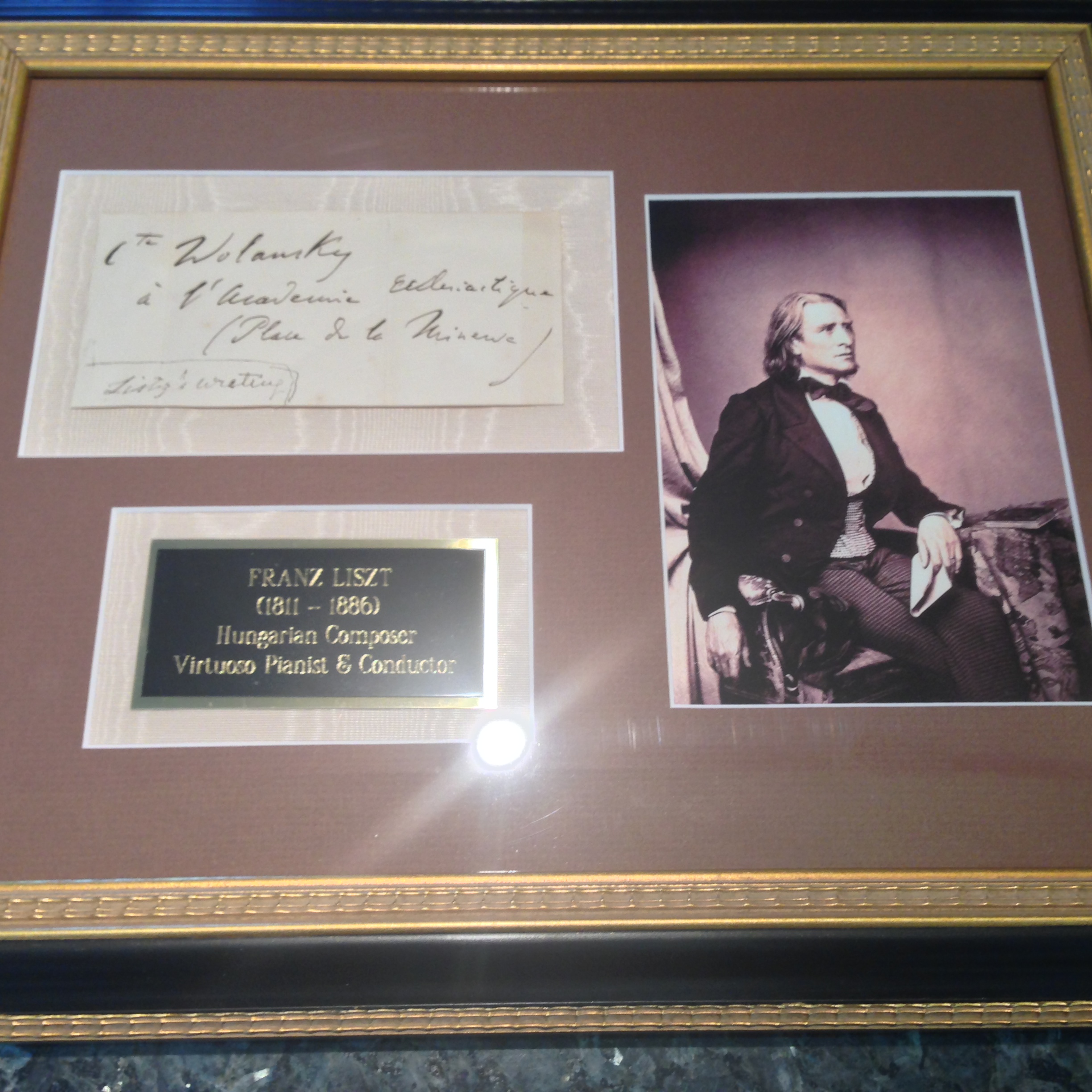

When Luigi Cherubini refused himĪdmission to the conservatory because he was a foreigner, Liszt began to study composition with Ferdinando Paër, the Italian opera composer, and counterpoint with Anton Reicha, the Czech composer. He gave his first concert there the following year.

Shortly thereafter he moved with his family to Vienna, where he began his studies in piano with Carl Czerny and in composition with Antonio Salieri. At the age of 9 he played in public for the first time. 22, 1811, at Raiding, the son of Adam Liszt, an official in the service of Prince Nicholas Esterhàzy, Franz Liszt received his first instruction from his father. Liszt grew to favor this kind of amalgamation-instead of a division into separate movements.īorn on Oct. His B-Minor Piano Sonata as well as both piano concertos and all of his symphonic poems are multisectional rather than multimovement works, each played without pauses between sections. In his compositions Liszt experimented with formal changes, being among the first to unify a work by means of thematic transformation, reusing material from the first movement in successive movements but treating the material differently. One regrets that he died just a few years before the advent of recordings. He was probably the most remarkable sight reader of all times yet his prodigious memory is mentioned by all who knew him. His pyrotechnics and digital facility are legendary. In a solo recital he could fill a hall to capacity, without the benefit of an orchestra. As a child, he achieved fame as a prodigy as an adult, he became the first pianist able to support himself on his earnings as a performer. Superlatives are essential in describing this artist, whose prolific output alone would make him unique among the great 19th-century musicians. The influence of Franz Liszt as a composer and conductor has received increasing recognition.

The Recording of my three recitals is available through the Michele Smith Performing Arts Library.The Hungarian composer Franz Liszt (1811-1886), known primarily as one of the first virtuoso performers on the modern piano, also inaugurated the symphonic poem and was an innovator in style and harmony. When taken as a whole, the selections serve to demonstrate the various stylistic elements of Liszt’s music as they appeared and evolved over the span of his productive years. These pieces represent some of Liszt’s most important contribution to their respective genre. My selection includes works from different periods of his life: early, middle and late. The three recitals that I have performed include representative examples of some of the main genres found in Liszt’s piano oeuvre, including Rhapsody, Etude, Concerto, Fantasia-Sonata, transcriptions, paraphrases and character pieces. Two formal traits give Liszt's compositions a personal stamp: experiment with large-scale structures (extending traditional sonata form, unifying multi-movement works), and thematic transformation, or subjecting a single short idea to changes of mode, rhythm, meter, tempo or accompaniment to form the thematic basis of an entire work. His musical legacy and influence are unquestionably monumental.
#FRANZ LISZT COMPOSITIONS SERIES#
Liszt’s unique compositions bewildered, inspired and inflamed the imaginations of his own era, yet quite miraculously he also laid the seeds for a series of schools that would flourish in the near and distant future (such as the Late Romantic, ImpressionistĪnd Atonal schools). The totality of this work forms a major foundational element of the modern piano repertoire. In addition to composing original piano music, Liszt made many masterful transcriptions of the works of other composers. Many of these compositions stand as pinnacles of the piano literature. These piano works, which make up the greater part of Liszt's musical output, range from virtuosic fireworks to sincerely moving emotional statements. Some of these genres were new in the 19th century, such as character piece, rhapsody, Concert Etude, Transcription, Sonata and Concerto in one movement. Liszt wrote more than 1300 compositions for the piano, including works from nearly all musical genres. He was a leader and a champion of the Romantic Movement. Franz Liszt (1811-1886) was one of the most celebrated pianists of the 19th century and one of its most innovative composers.


 0 kommentar(er)
0 kommentar(er)
